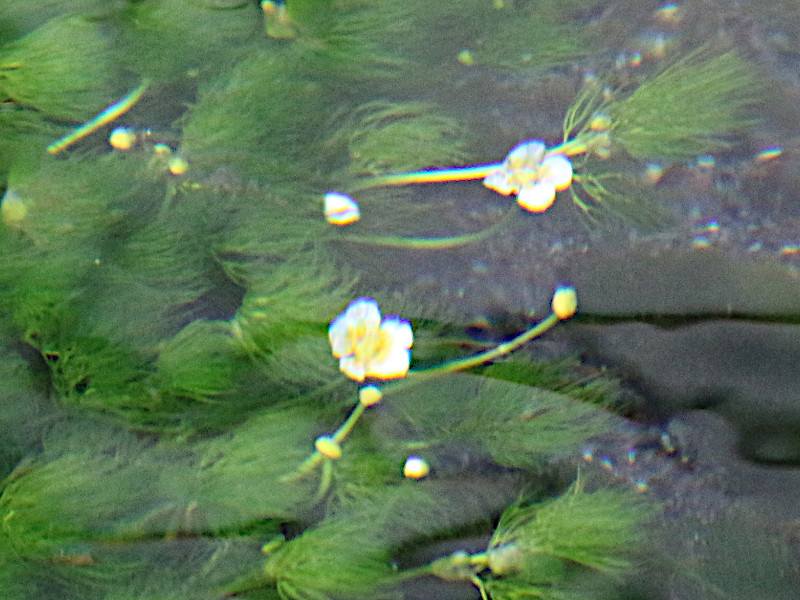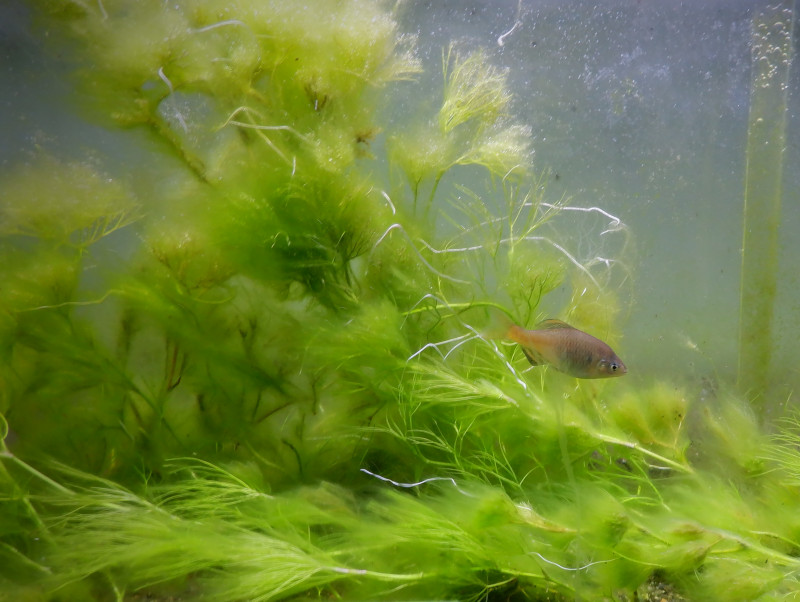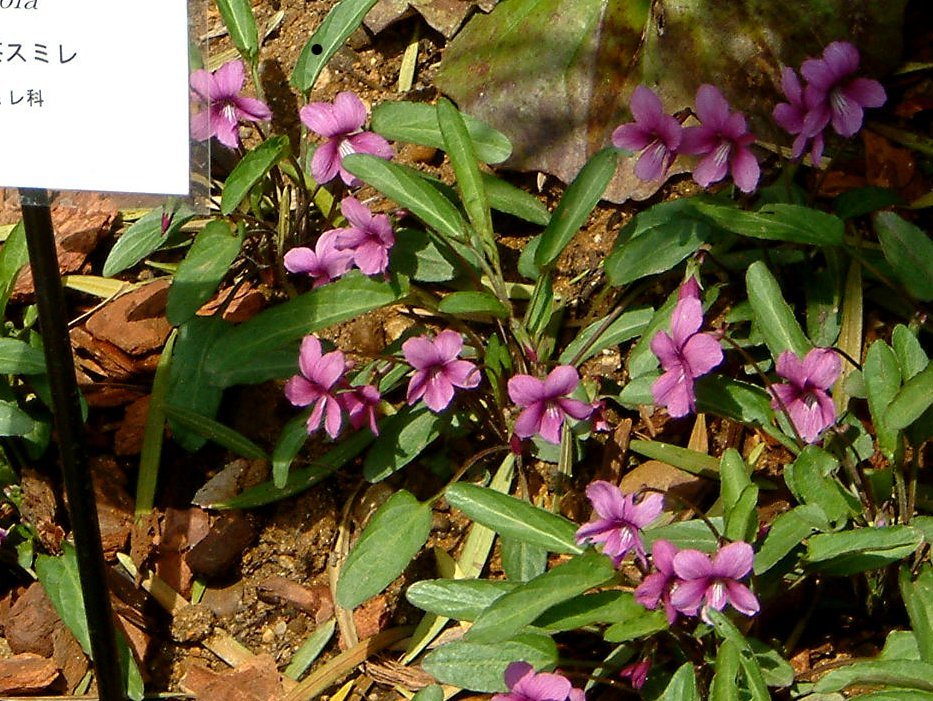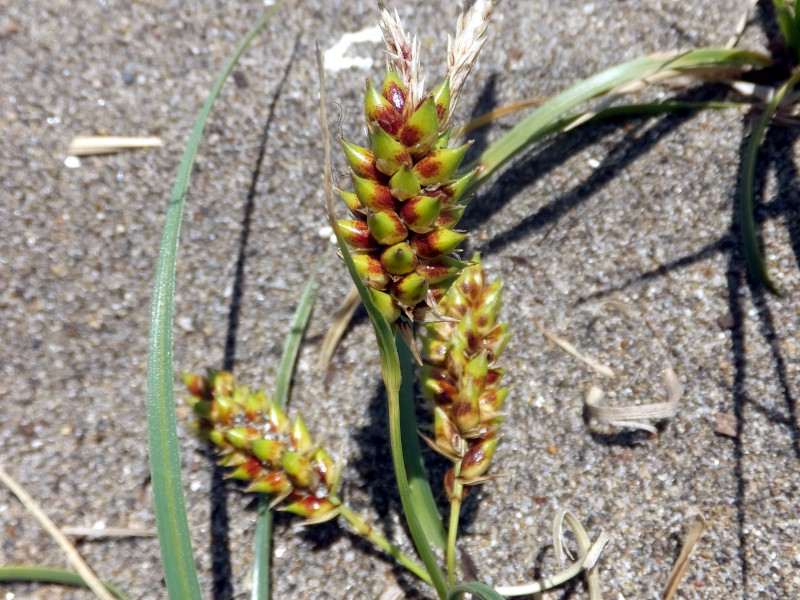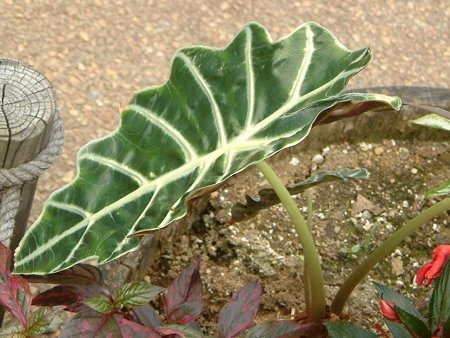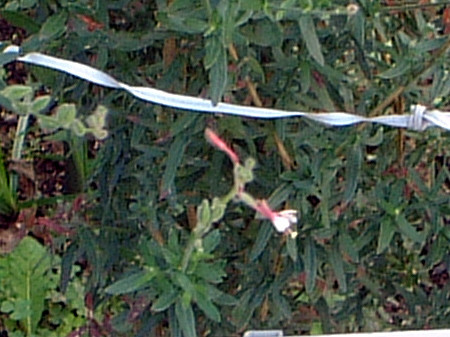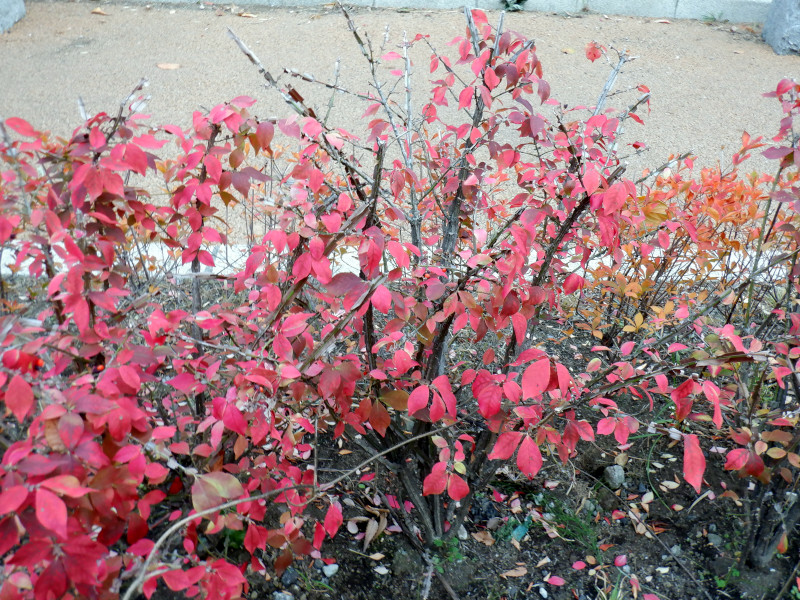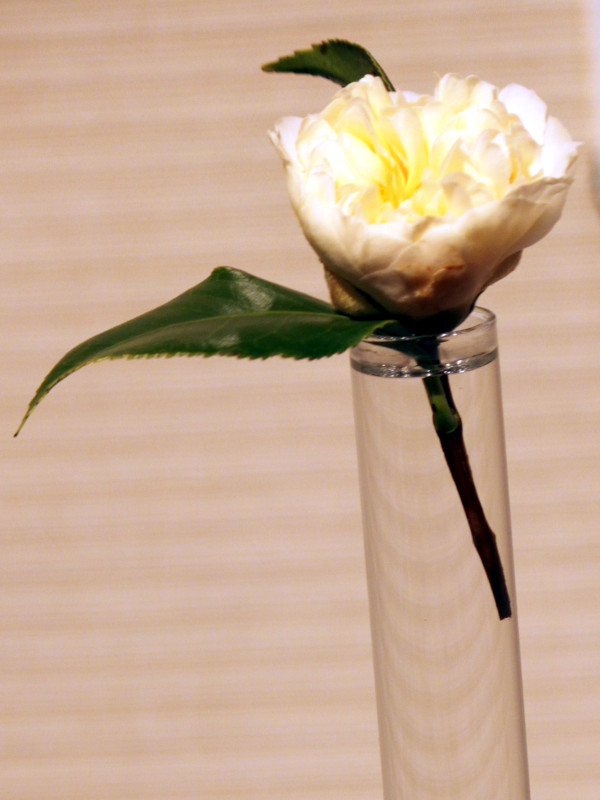baika-mo
- Flower namebaika-mo
- Scientific nameRanunculus nipponicus var. submersus
- Alias梅花藻, ウメバチモ
- Place of originendemic to Japan
- Place of floweringRiver, pond
- Flowering seasonJune, July, August, September, October
What is baika-mo
Baika-mo ( scientific name: Ranunculus nipponicus var. submersus) is a variety of the evergreen perennial submerged plant "Ginkgo baika-mo (Ranunculus nipponicus)," which is endemic to Japan. It is found in cold, clear streams such as rivers, canals, and springs. It has no floating leaves. It grows by creeping in the water, with adventitious roots emerging from the nodes and anchoring to the bottom of the water. The grass is 1 m to 2 m long, and the stems are soft and easily broken. It germinates and reproduces from the nodes of broken stems. It branches at the lower part of the stem. The leaves are dark green, 2 to 7 cm long, and are attached to the stem in alternate clusters. The flower stalks extend from the upper leaf axils underwater and produce numerous five-petaled white flowers resembling plum blossoms. The flowers bloom all year round, but are at their peak from June to September. A single nectary gland at the base of each petal attracts insects.
Common name: Baika-mo, scientific name: Ranunculus nipponicus var. submersus, botanical name: Umebachi-mo, place of origin: Japan, habitat distribution Distribution:Hokkaido to Honshu, Environment:Place where water is cool and clean such as spring, river, canal, etc., Plant length:1m-2m, Petiole length:0.5cm, Leaf color:Dark green, Leaf blade length:2.0-7.0cm, Leaf shape:Three lobes, 2 or 3 times divided, Phyllotaxis:Open to alternate, Flowering season:Year round (generally spring to late autumn, the peak season is June to September), Flowering place Flowering place: underwater; Flowering place: leaf axils; Stem length: 3-5 cm; Corolla shape: five-petaled; Flower diameter: 1.5 cm; Flower color: white with yellow base; Petal lobes: broadly ovate; Nectary: 1 at petal base; Number of stamens: 10-20; Stamens: light yellow; Number of pistils: 40-50; Fruit: aggregated fruit; Fruit shape: globular; Fruit diameter: 0.5 cm; Fruit Type: thin, length of thin fruit: 0.2 cm, Uses: water plant, wild plant and medicinal herb (udazeri), home for aquatic insects and freshwater fish.
